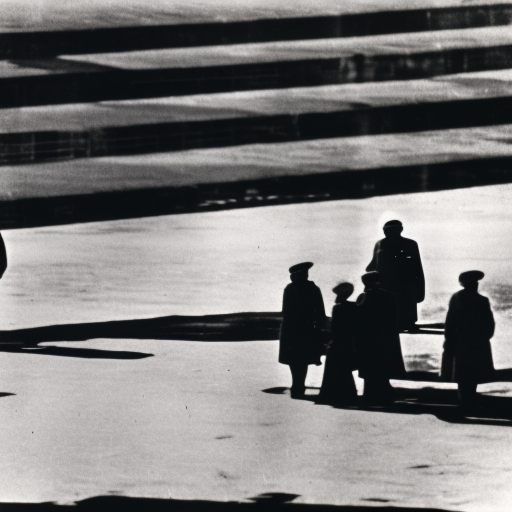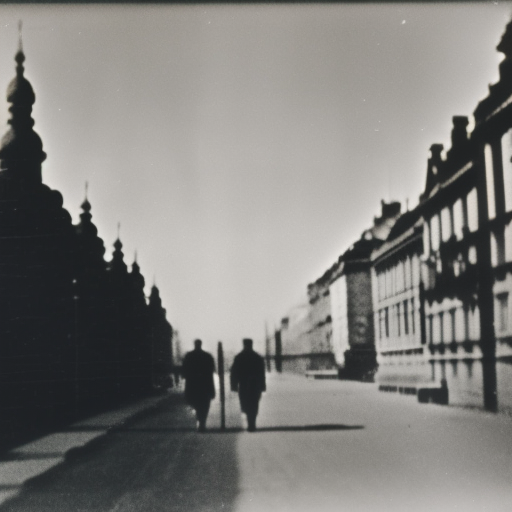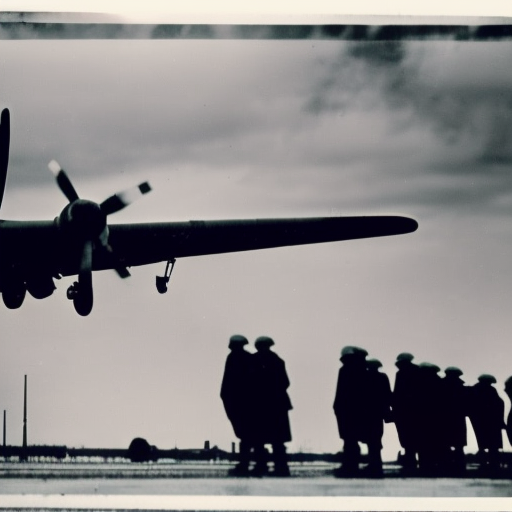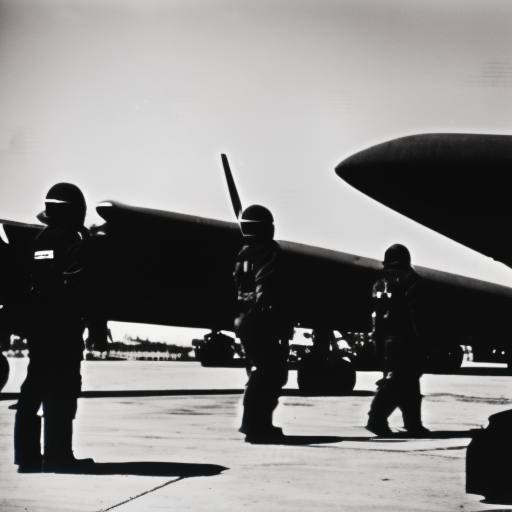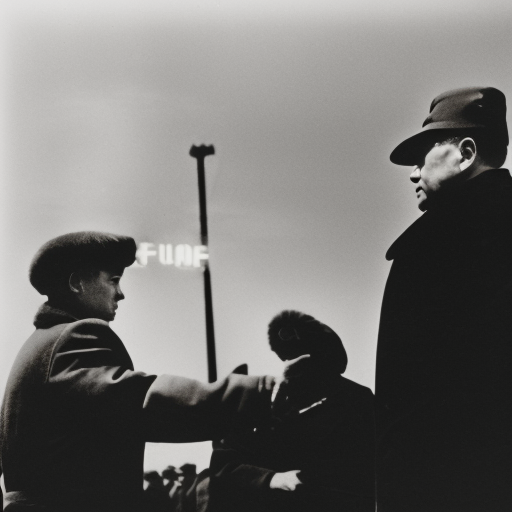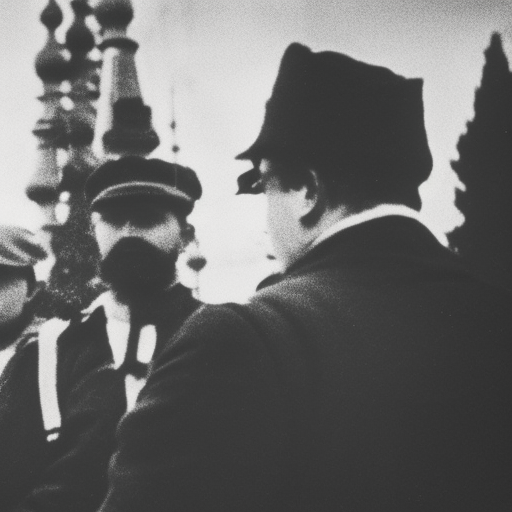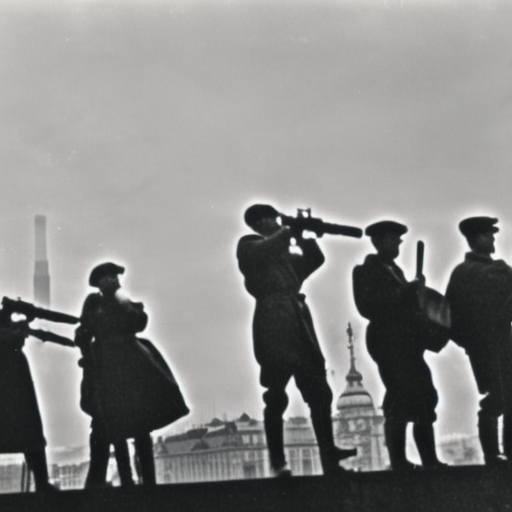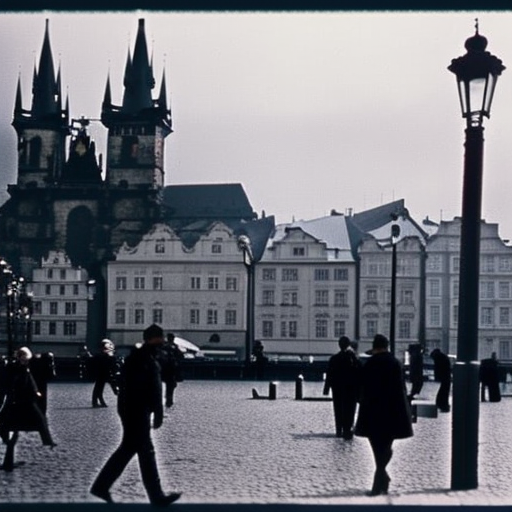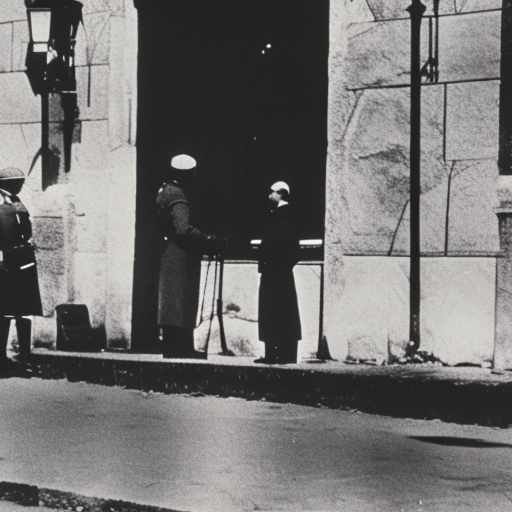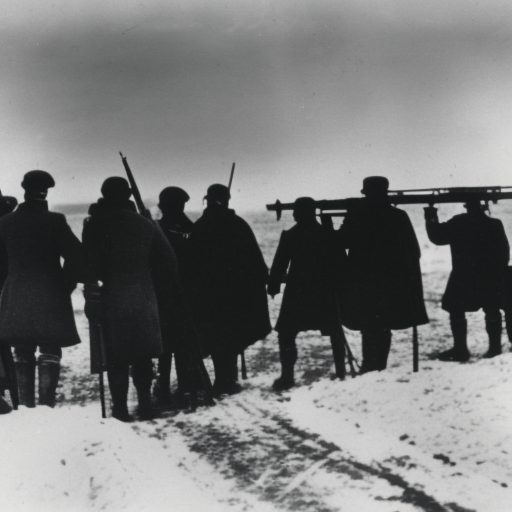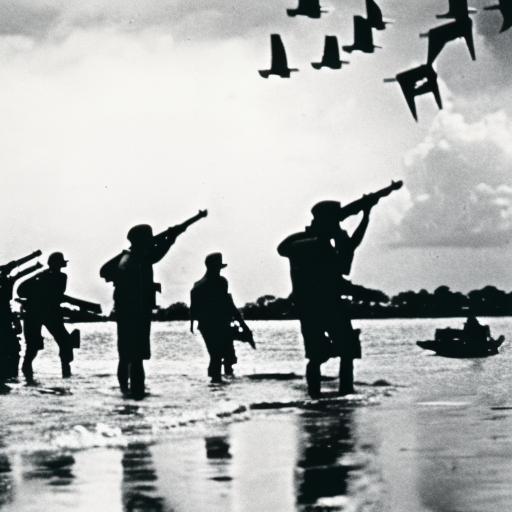The Brinkmanship during Cold War was a strategy of pushing the limits of conflict without engaging in direct military action, used by the United States and Soviet Union to maintain a balance of power.
The Molotov-Ribbentrop Pact (1939) Explained
The Molotov-Ribbentrop Pact was a non-aggression treaty between Nazi Germany and the Soviet Union that allowed both countries to divide Eastern Europe and set the stage for World War II.
The Berlin Airlift (1948-1949) Explained
The Berlin Airlift was a massive humanitarian and logistical effort by the Western Allies to supply West Berlin during the Soviet blockade.
The U-2 Incident (1960) Explained
The U-2 Incident (1960) was a major Cold War event in which a US spy plane was shot down over Soviet Union territory, escalating tensions between the two superpowers.
The Brezhnev Doctrine Explained
The Brezhnev Doctrine was a Soviet foreign policy that asserted the right to intervene militarily in any socialist country that deviated from the principles of communism.
The Solidarity Movement in Poland Explained
The Solidarity Movement in Poland was a significant anti-communist movement that played a crucial role in the collapse of the Soviet Union and the end of the Cold War.
The Hungarian Revolution (1956) Explained
The Hungarian Revolution of 1956 was a nationwide uprising against Soviet-imposed communist rule in Hungary.
The Prague Spring (1968) Explained
The Prague Spring was a period of political liberalization and reform in Czechoslovakia that was abruptly ended by a Soviet-led invasion.
The Warsaw Pact (1955) Explained
The Warsaw Pact was a military alliance formed by the Soviet Union and its Eastern European satellite states in response to the creation of NATO.
The Treaty of Brest-Litovsk (1918) Explained
The Treaty of Brest-Litovsk was a peace agreement signed between Soviet Russia and the Central Powers, ending Russia’s involvement in World War I but resulting in significant territorial losses.
The Bay of Pigs Invasion (1961) Explained
The Bay of Pigs Invasion was a failed CIA-led attempt to overthrow Fidel Castro’s communist government in Cuba.
Second-Hand Time Summary
Second-Hand Time” by Svetlana Alexievich is a poignant exploration of the post-Soviet experience through the voices of ordinary people.









